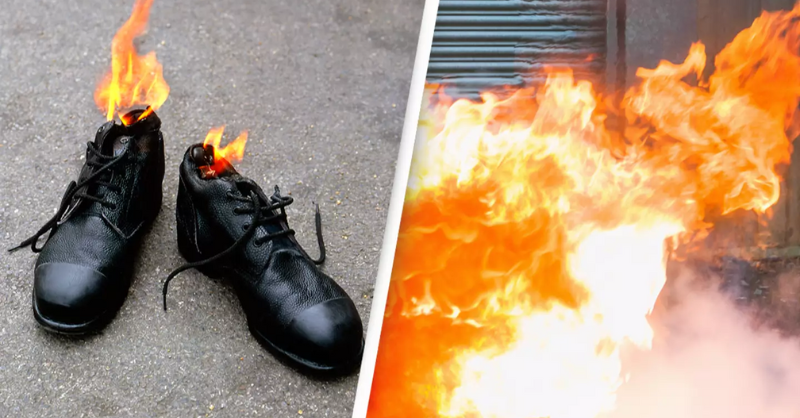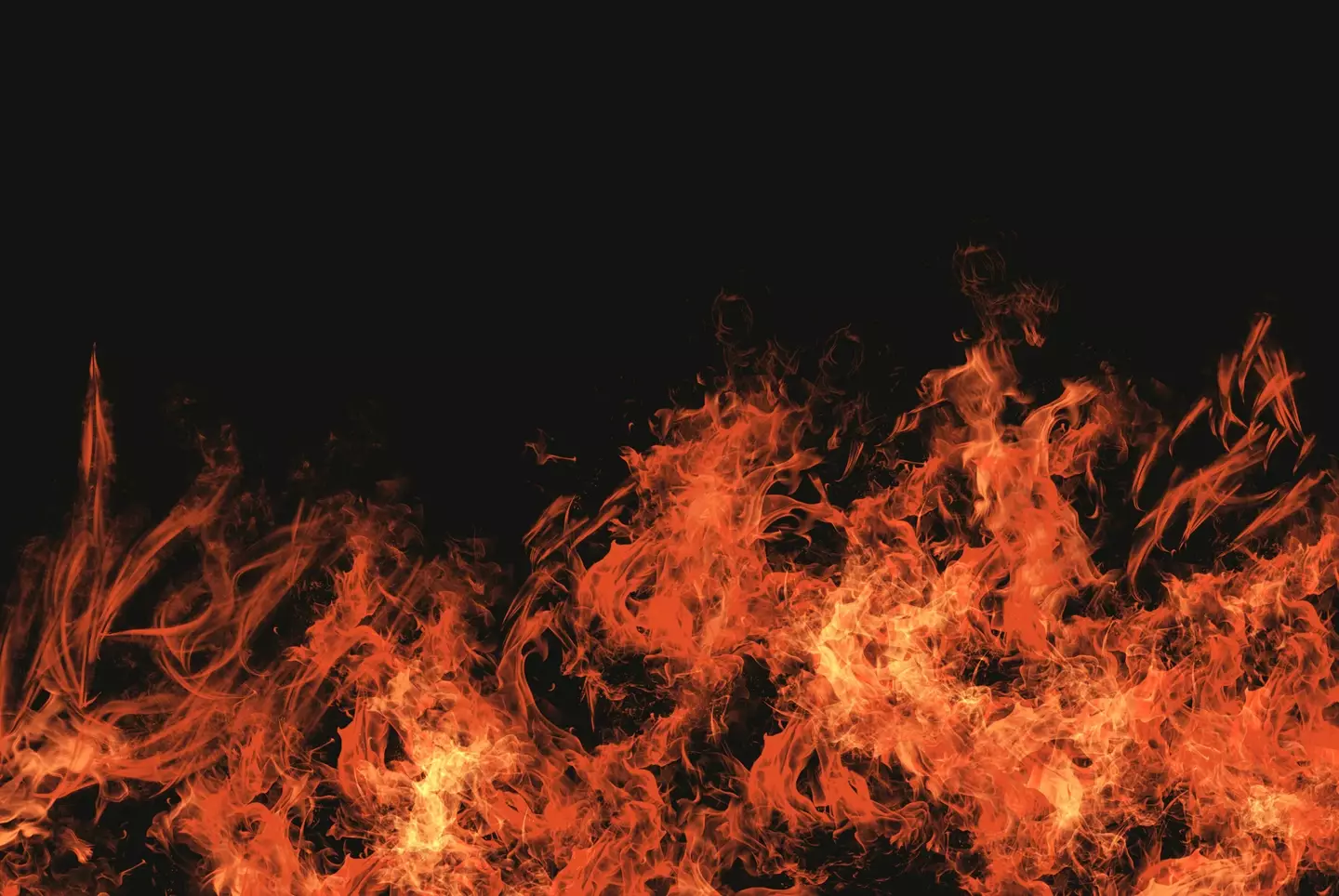The coroner acknowledged he couldn’t provide a reason for the incident.
The death of an elderly Irish man was determined to be due to ‘spontaneous combustion’ — though investigators were left baffled by how it happened.

Michael Faherty, 76, was discovered burned to death in his home in Galway, Ireland, on December 22, 2010.
The inquest revealed that around 3 a.m., a neighbor heard Faherty’s fire alarm and noticed smoke pouring from his house. He reportedly knocked on Faherty’s front door but received no response. Another neighbor joined him, and soon the police and fire department arrived at the scene.
Upon investigation, no accelerants were detected, and there were no signs of foul play. Assistant Chief Fire Officer Gerry O’Malley determined that the fire in the fireplace was not the origin of the flames, according to Galway Beo at the time.

Additionally, there were no reports of anyone entering or leaving the home prior to Faherty’s body being discovered, The Guardian reported.
Faherty’s organs were so severely damaged by the fire that the exact cause of death couldn’t be confirmed, but it was determined he hadn’t died of heart failure, according to coroner Dr. Ciaran McLoughlin.
In the inquest, Dr. McLoughlin stated that he concluded this case fell under ‘spontaneous human combustion,’ for which there is ‘no sufficient explanation,’ noting it was his first time reaching such a verdict in his 25-year career, as reported by The Guardian.

The concept of ‘spontaneous combustion’ has long stirred both fiction and history, with skepticism surrounding its validity.
Most scientists generally dismiss the phenomenon, arguing that even if it were extremely rare, it would likely be more widespread and occur in varied places and situations.
At the time, retired pathology professor Mike Green offered his thoughts on Faherty’s death and other instances of alleged ‘spontaneous combustion.’
Green suggested the term ‘spontaneous’ was misleading, believing there is always an ignition source, but it may get consumed in the fire, like a match or cigarette.

Speaking to the BBC, he explained, “There’s a source of ignition somewhere, but because the body is so thoroughly burned, it can’t be identified.”
Discussing similarities between Faherty’s case and others, he added, “This scenario is often reported. Even seasoned rescue workers or forensic scientists pause when encountering scenes like these.
“If spontaneous combustion was really happening by some mysterious force, we’d expect far more cases. I lean towards the practical, straightforward explanation.”

